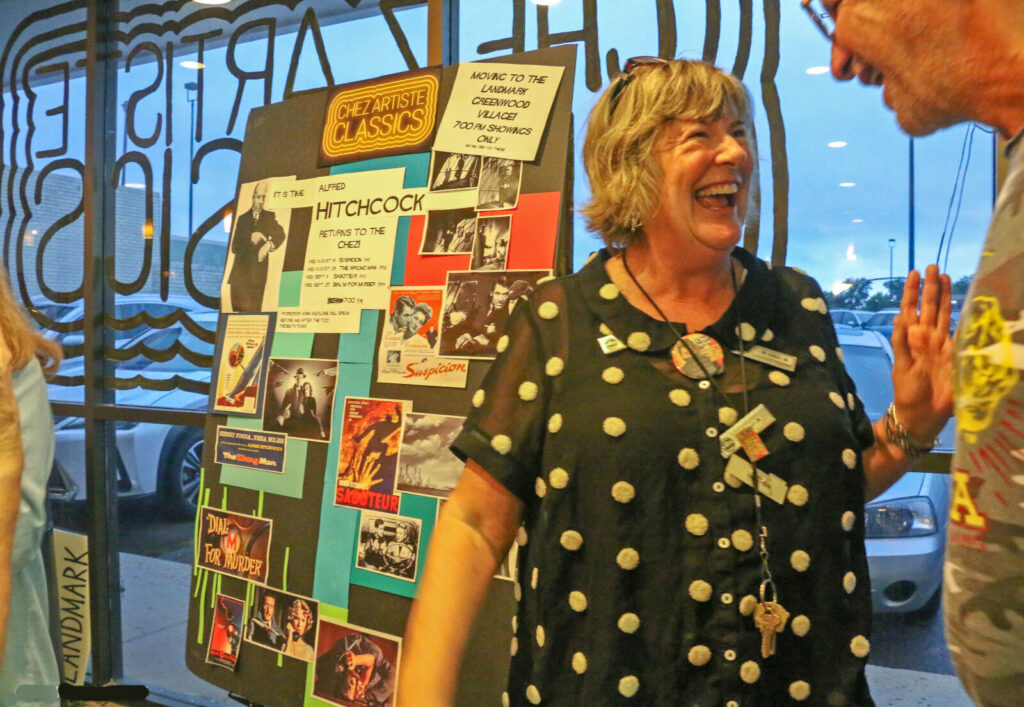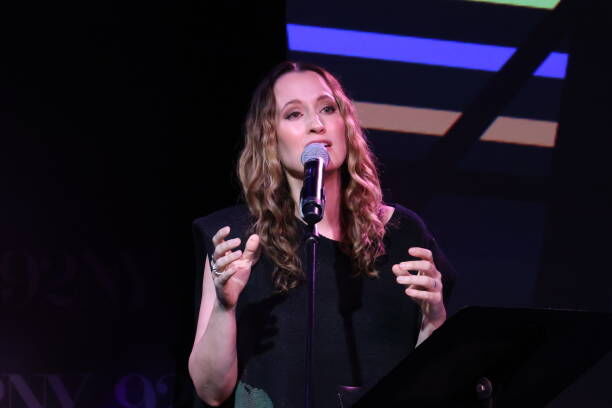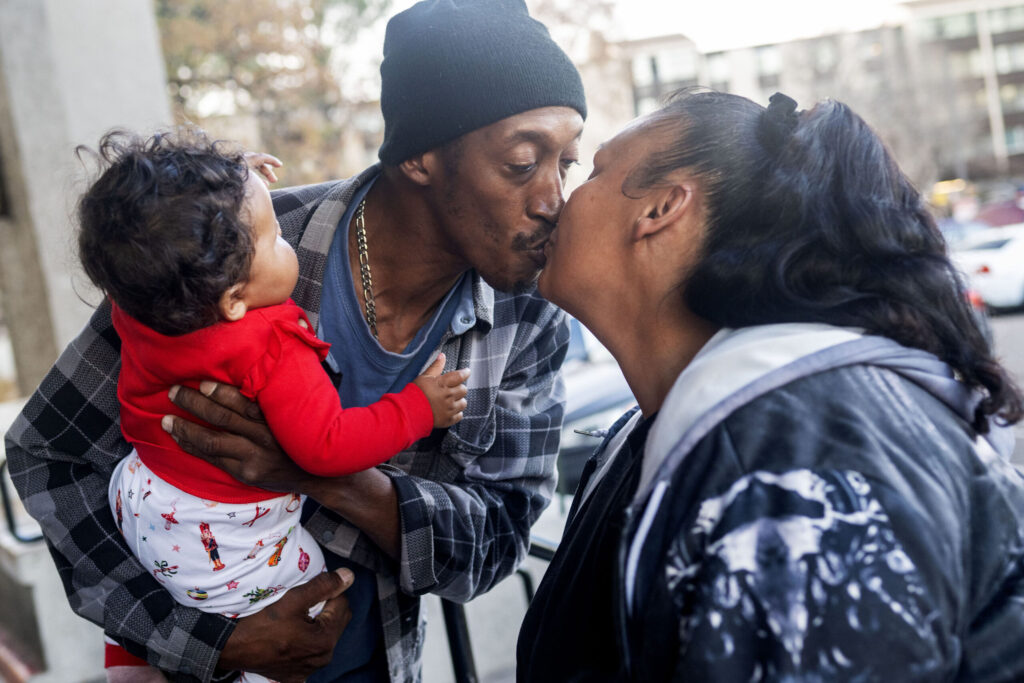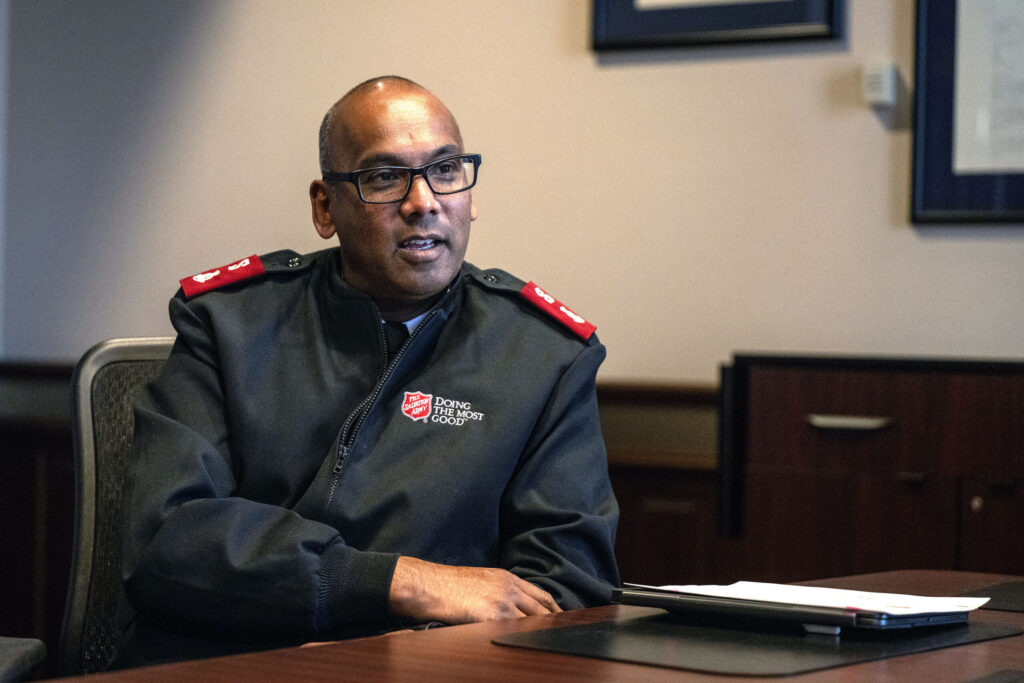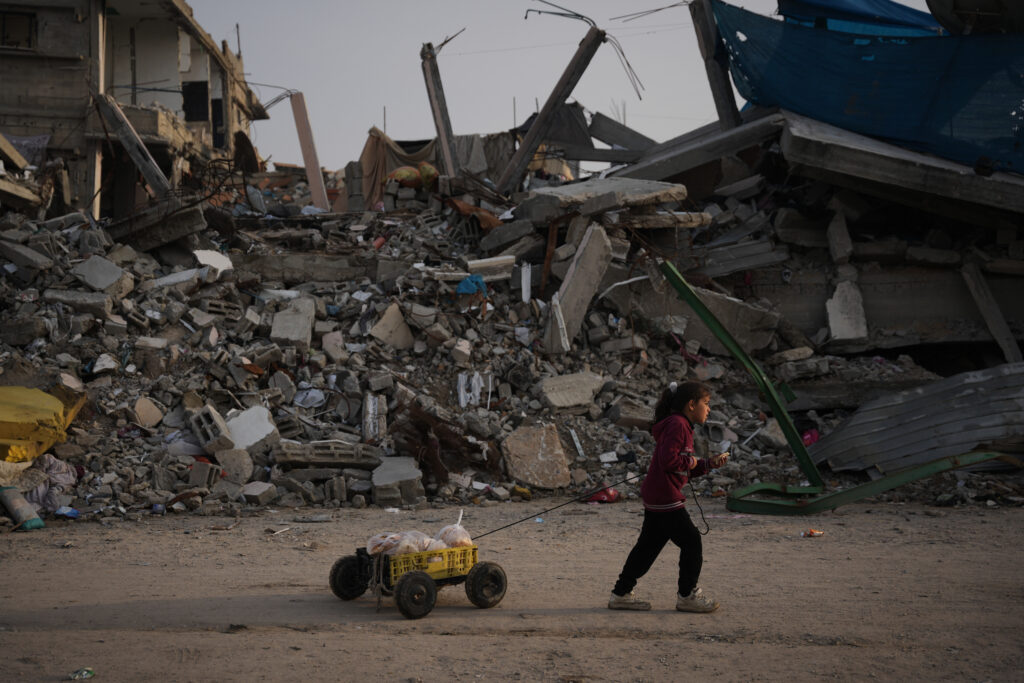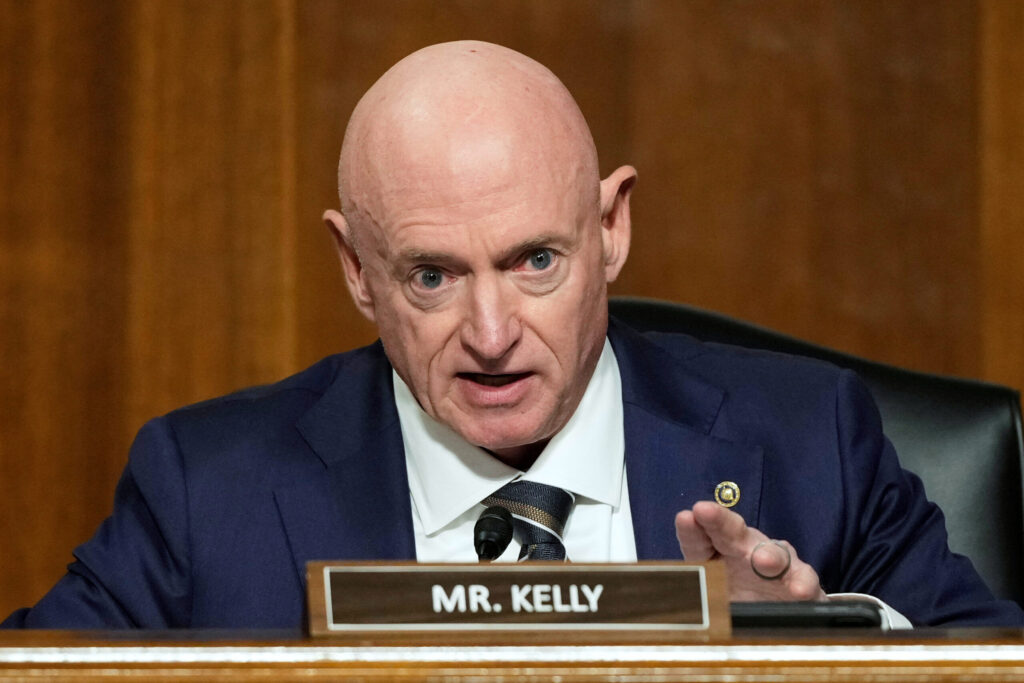Living hostages and Palestinian prisoners are released as part of ceasefire in Gaza
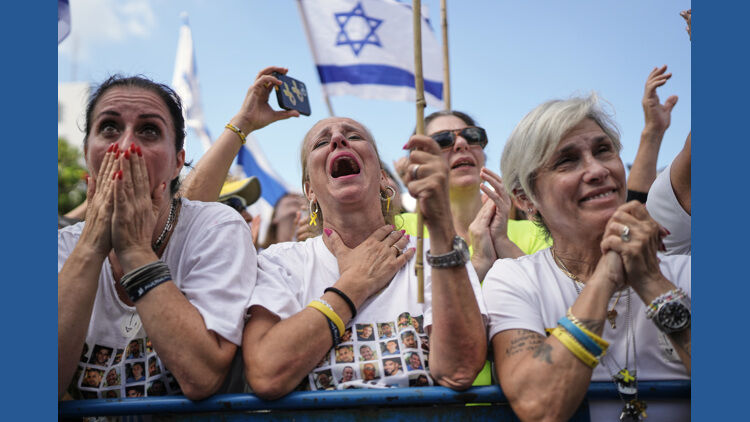
DEIR AL-BALAH, Gaza Strip (AP) — Hamas released all 20 remaining living hostages held in Gaza on Monday, while Israel also began releasing hundreds of Palestinian prisoners as part of a ceasefire that the Trump administration secured from the warring sides.
The war, which Hamas started when it invaded Israel’s southern border and killed 1,200 people, had had left scores of captives in militant hands left, pummeled the Gaza, and killed tens of thousands of Palestinians.
Cheering crowds greeted buses of prisoners in the West Bank, while families and friends of the hostages gathered in a square in Tel Aviv, Israel and cried out with joy and relief as news arrived that the captives were free.
In Denver, the news was also greeted with celebration.
Bruce Dollin, the rabbi emeritus at Congregation HEA in Southeast Denver, told The Denver Gazette he felt an enormous personal relief that the 20 live hostages have returned home.
“I have great hope for this peace process moving forward and I have enormous gratitude for leadership of President Trump in pushing this forward. It has been a nightmare for Israelis and for Jews worldwide and I think this process portends for a whole new paradigm in the Middle East,” he said.
“I’m happy but also sad that so many lost their lives in the past two years,” he added.
The hostages, all men, have arrived back in Israel, where they will reunite with family and undergo medical checks. The bodies of the remaining 28 dead hostages are also expected to be handed over as part of the deal, although the exact timing remained unclear.
Buses carrying dozens of freed Palestinian prisoners arrived in the West Bank and Gaza, as Israel began releasing more than 1,900 prisoners and detainees as part of the ceasefire deal.
While major questions remain about the future of Hamas and Gaza, the exchange of hostages and prisoners raised hopes for ending the deadliest war ever between Israel and the militant group. The ceasefire is also expected to be accompanied by a surge of humanitarian aid into Gaza, parts of which are experiencing famine.
Israeli Prime Minister Benjamin Netanyahu pledged that he is “committed to this peace” in a speech to the Knesset, the Israeli parliament.
U.S. President Donald Trump was expected to address the Knesset, and later will attend a summit to discuss the U.S.-proposed deal and postwar plans with other leaders.
The war began when Hamas-led militants launched a surprise attack on southern Israel on Oct. 7, 2023, in which some 1,200 people, mostly civilians, were killed and 251 taken hostage.
In Israel’s ensuing offensive, more than 67,000 Palestinians have been killed, according to Gaza’s Health Ministry, which doesn’t differentiate between civilians and combatants but says around half the dead were women and children. The ministry is part of the Hamas-run government, and the U.N. and many independent experts consider its figures to be the most reliable estimate of wartime casualties.
The toll is expected to grow as bodies are pulled from rubble previously made inaccessible by fighting.
The war has destroyed large swaths of Gaza and displaced about 90% of its some two million residents. It has also triggered other conflicts in the region, sparked worldwide protests and led to allegations of genocide that Israel denies.
“Much of Gaza is a wasteland,” U.N. humanitarian chief Tom Fletcher told the AP on Sunday.
Hostages freed and prisoners released
Tens of thousands of Israelis watched the hostage transfers at public screenings across the country. In Tel Aviv, families and friends of the hostages broke into wild cheers as television channels announced that the first group was in the hands of the Red Cross.
The freed hostages, all men, were later reunited with their families, and footage released by Israeli authorities showed tearful reunions.
The bodies of the remaining 28 dead hostages are also to be handed over as part of the deal, although the exact timing remained unclear.
Palestinians in the occupied West Bank rejoiced as buses carrying dozens of released prisoners from Ofer Prison arrived in Beitunia, near Ramallah, as Israel began releasing more than 1,900 prisoners and detainees as part of the ceasefire deal.
Later, giant crowds were gathered to greet buses carrying other prisoners arriving at Nasser Hospital in Gaza’s southern city of Khan Younis.
The prisoners include 250 people serving life sentences for convictions in attacks on Israelis, in addition to 1,700 seized from Gaza during the war and held without charge.
More than 150 of those freed were sent to Egypt by Israel and arrived at Gaza’s Rafah crossing with Egypt early Monday afternoon, according to an Egyptian official, who had direct knowledge of the deal’s implementation. He spoke on condition of anonymity because he was not authorized to brief the media.
Meanwhile, the Hostages Family Forum, a grassroots organization representing many of the hostage families, said four bodies were expected to return to Israel on Monday. The group said it was “shocked and dismayed” that so few were coming back.
An international task force will work to locate deceased hostages who are not returned within 72 hours, said Gal Hirsch, Israel’s coordinator for the hostages and the missing.
A painful chapter
The return of the living hostages caps a painful chapter for Israel. Since they were captured in the attack that ignited the war, newscasts have marked their days in captivity and Israelis have worn yellow pins and ribbons in solidarity. Tens of thousands have joined their families in weekly demonstrations calling for their release.
As the war dragged on, demonstrators accused Netanyahu of dragging his feet for political purposes, even as he accused Hamas of intransigence. Last week, under heavy international pressure and increasing isolation for Israel, the bitter enemies agreed to the ceasefire.
Trump in Israel and Egypt
Trump arrived Monday in Israel, where he was to speak at the Knesset, Israel’s parliament. Vice President JD Vance said Trump was likely to meet with newly freed hostages.
“The war is over,” Trump told to reporters as he departed — even though his ceasefire deal leaves many unanswered questions about the future of Hamas and Gaza.
Among the most thorny is Israel’s insistence that a weakened Hamas disarm. Hamas refuses to do that and wants to ensure Israel pulls its troops completely out of Gaza.
So far, the Israeli military has withdrawn from much of Gaza City, the southern city of Khan Younis and other areas. Troops remain in most of the southern city of Rafah, towns of Gaza’s far north, and the wide strip along the length of Gaza’s border with Israel.
The future governance of Gaza also remains unclear. Under the U.S. plan, an international body will govern the territory, overseeing Palestinian technocrats running day-to-day affairs. Hamas has said Gaza’s government should be worked out among Palestinians.
Later Monday, Trump will head to Egypt, where he and Egyptian President Abdel-Fattah el-Sissi will lead a summit with leaders from more than 20 countries on the future of Gaza and the broader Middle East.
Mahmoud Abbas, leader of the internationally recognized Palestinian Authority, will attend, according to a judge and adviser to Abbas, Mahmoud al-Habbash.
Egypt’s presidency said Netanyahu would attend as well, but the Israel leader’s office later said he would not because due to a Jewish holiday.
The plan envisions an eventual role for the Palestinian Authority — something Netanyahu has long opposed. But it requires the authority, which administers parts of the West Bank, to undergo a sweeping reform program that could take years.
The plan also calls for an Arab-led international security force in Gaza, along with Palestinian police trained by Egypt and Jordan. It said Israeli forces would leave areas as those forces deploy. About 200 U.S. troops are now in Israel to monitor the ceasefire.
The plan also mentions the possibility of a future Palestinian state, another nonstarter for Netanyahu.
___
This story has been updated to correct that cheering crowds greeted prisoners in Beitunia, not Ramallah.
___
Magdy reported from Cairo and Lidman from Jerusalem. Associated Press writers Josef Federman in Truro, Massachusetts; Bassem Mroue in Beirut; Jalal Bwaitel in Ramallah, West Bank, and Sam Mednick in Tel Aviv, Israel contributed to this report.
___
Follow AP’s war coverage at https://apnews.com/hub/israel-hamas-war







